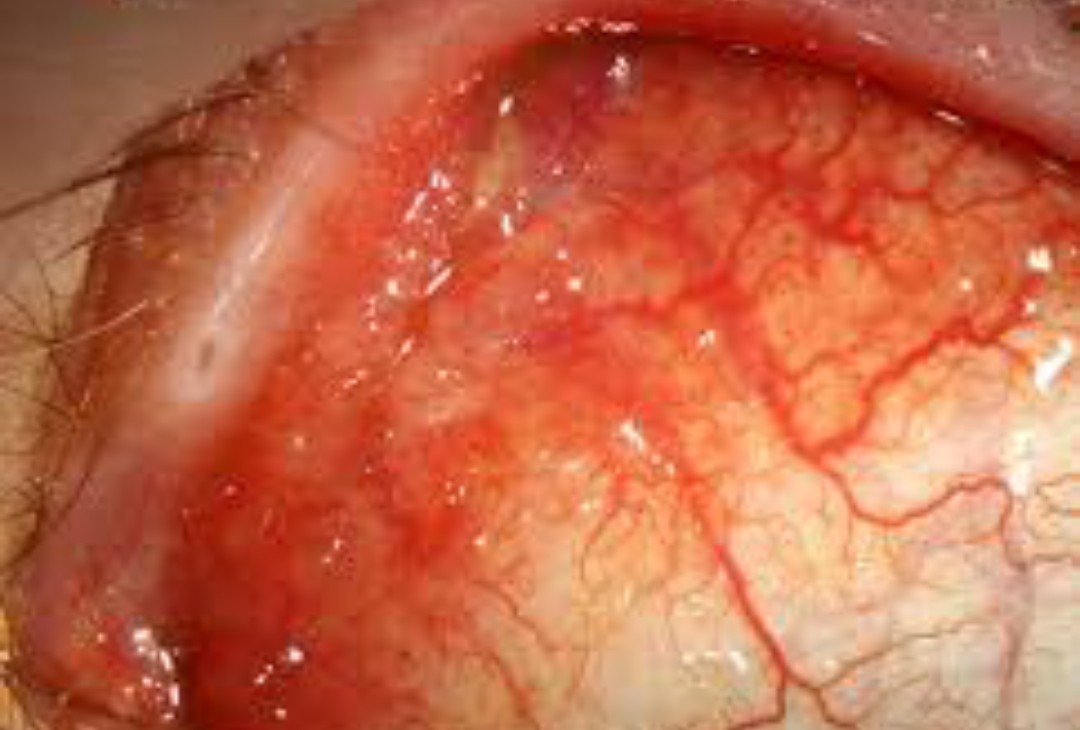Chlamydia is one of the most common sexually transmitted infections (STIs) globally, affecting millions of people each year. Despite its prevalence, many are unaware of the symptoms, treatments, and causes of this infection. This comprehensive guide will explore everything you need to know about Chlamydia, from its signs and risk factors to prevention and treatment options.
What is Chlamydia?
Chlamydia is a bacterial infection caused by Chlamydia trachomatis. It primarily spreads through sexual contact, including vaginal, anal, and oral sex. Chlamydia can infect both men and women and is particularly common among young adults. The infection often goes unnoticed because many people do not exhibit symptoms, which can lead to serious health complications if left untreated.

Symptoms of Chlamydia
Chlamydia is often asymptomatic, meaning many people do not experience any symptoms. However, when symptoms do occur, they can vary between men and women and typically appear within one to three weeks after exposure.
Symptoms in Women:
- Abnormal vaginal discharge that may have a strong odor
- Burning sensation during urination
- Pain during sexual intercourse
- Lower abdominal pain
- Bleeding between periods or after sex
Symptoms in Men:
- Discharge from the penis (clear or cloudy)
- Burning sensation during urination
- Burning or itching around the opening of the penis
- Pain and swelling in one or both testicles (less common)
Causes of Chlamydia
Chlamydia is caused by the Chlamydia trachomatis bacterium, which spreads through sexual contact with an infected person. The bacteria can infect the cervix, urethra, rectum, throat, and eyes. Key factors that increase the risk of contracting Chlamydia include:
- Having multiple sexual partners
- Engaging in unprotected sex
- Being sexually active at a young age
- Having a history of STIs
Complications of Untreated Chlamydia
If left untreated, Chlamydia can lead to severe health issues. In women, it can cause pelvic inflammatory disease (PID), which can result in chronic pelvic pain, ectopic pregnancy, and infertility. In men, untreated Chlamydia can lead to epididymitis, a painful condition of the testicles that can cause infertility. Both men and women can develop reactive arthritis, which affects the joints, eyes, and urethra.
Diagnosis of Chlamydia
Diagnosing Chlamydia involves a simple laboratory test. Healthcare providers typically use one of the following methods:
- Nucleic Acid Amplification Test (NAAT): This is the most common and accurate test for detecting Chlamydia. It involves taking a urine sample or swab from the affected area (cervix, urethra, rectum, or throat).
- Cell Culture: A sample from the affected area is cultured in a lab to detect the presence of Chlamydia trachomatis.
Treatment of Chlamydia
Chlamydia is easily treatable with antibiotics. The most commonly prescribed antibiotics include:
- Azithromycin: A single-dose antibiotic
- Doxycycline: An antibiotic taken twice daily for seven days
It’s crucial to complete the entire course of antibiotics, even if symptoms disappear, to ensure the infection is fully eradicated. Sexual partners should also be tested and treated to prevent re-infection. Avoid sexual activity until the treatment course is completed and a healthcare provider confirms the infection is cleared.
Prevention of Chlamydia
Preventing Chlamydia involves several key practices:
- Use Condoms: Consistent and correct use of condoms during sexual activity significantly reduces the risk of contracting Chlamydia.
- Limit Sexual Partners: Reducing the number of sexual partners can decrease the risk of exposure to STIs.
- Regular Screening: Routine STI screening, especially for sexually active individuals under 25 and those with multiple partners, helps detect and treat infections early.
- Mutual Monogamy: Engaging in a mutually monogamous relationship with an uninfected partner reduces the risk of Chlamydia.
- Avoid Douching: Douching can disrupt the natural balance of bacteria in the vagina, increasing the risk of infection.
Living with Chlamydia
Living with Chlamydia requires careful management to prevent complications and re-infection. Follow these steps:
1. Adhere to Treatment: Complete the prescribed antibiotic course and follow your healthcare provider’s instructions.
2. Inform Partners: Notify all recent sexual partners so they can get tested and treated.
3. Follow-up Testing: Get re-tested after three months to ensure the infection is cleared.
4. Practice Safe Sex: Use condoms consistently and consider regular STI screenings.
Chlamydia in Pregnancy
Chlamydia can pose significant risks during pregnancy, including preterm labor, low birth weight, and transmission to the newborn, which can result in neonatal conjunctivitis or pneumonia. Pregnant women should undergo regular STI screenings and receive appropriate treatment if infected to protect both their health and that of their baby.
Related post: 15 Proven Health Benefits of Dates
Myths and Misconceptions about Chlamydia
Several myths and misconceptions surround Chlamydia:
Myth: Only promiscuous individuals get Chlamydia.
Fact: Anyone who is sexually active can contract Chlamydia.
Myth: You can’t get Chlamydia if you use condoms.
Fact: While condoms significantly reduce the risk, they are not 100% effective.
Myth: Chlamydia always shows symptoms.
Fact: Many people with Chlamydia are asymptomatic.
Conclusion
Chlamydia is a common but treatable STI that often goes unnoticed due to its asymptomatic nature. Understanding the symptoms, causes, and treatments of Chlamydia is essential for maintaining sexual health and preventing complications. Regular screenings, safe sexual practices, and prompt treatment are crucial in managing and preventing Chlamydia.
Follow our Facebook page for more in-depth Health tips and recommendations